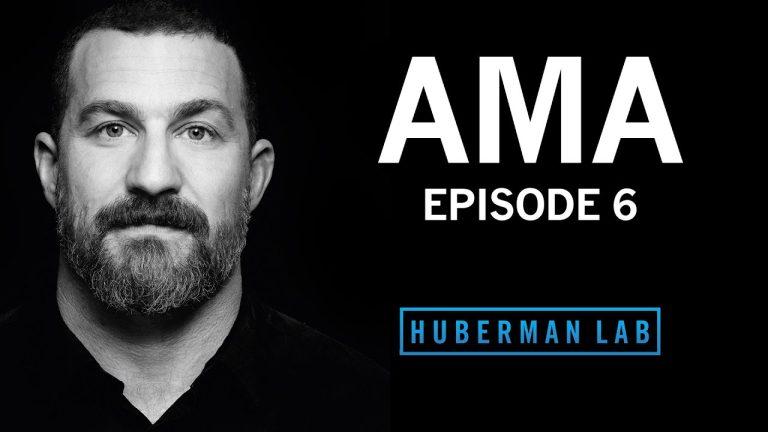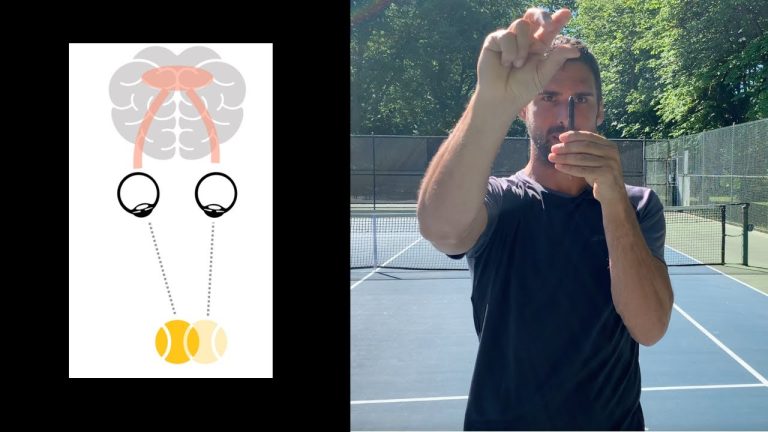Discover the Benefits of Sports Vision Therapy for Improved Performance and Eye Health
Sports vision therapy refers to the use of specialized techniques to help athletes improve their visual skills and abilities. Such therapy is well-suited to athletes of all ages and types, including professional athletes and those who enjoy sports recreationally. By developing and enhancing specific visual skills, sports vision therapy can help athletes reduce the risk of injury, improve performance, and gain a competitive edge over opponents.
One of the critical components of sports vision therapy is the athlete’s visual acuity, which is measured by a system known as visual acuity testing. This test evaluates the clarity of an athlete’s vision at various distances and can detect any visual deficiencies, such as near-sightedness, far-sightedness, or astigmatism, that may be impacting an athlete’s performance.
The Importance of Sports Vision Therapy
Many athletes underestimate the importance of visual performance in sports. However, the ability to track moving objects, judge distances accurately, and quickly switch focus between near and far distances, is crucial for success in many sports. Without a proper vision, an athlete might struggle to keep up with a sudden play, leading to mistakes or even injury.
Through sports vision therapy, the visual skills of athletes can undergo significant improvement. The training aims to increase their visual reaction time, depth perception, peripheral awareness, and the ability to maintain focus under high-intensity conditions. As a result, many athletes can see better and make better decisions on the field or court, resulting in a competitive edge over their rivals.
The Techniques Used in Sports Vision Therapy
There are various techniques, tools and exercises used in sports vision therapy, designed to benefit different visual abilities. For example, athletes might undergo contrast sensitivity training, which assesses the ability to maintain focus as well as distinguish different shades of light/dark colors.
Another technique, “Eye-Hand-Body Coordination,” involves exercises that focus on the ability to track fast-moving objects with their eyes and then automatically react accordingly with their bodies. Visual processing speed training can help athletes move, react or make decisions in a millisecond by training their brain to interpret information visually faster.
Sports Vision Therapy and Injuries Prevention
It’s worth noting that many sports vision therapy programs are developed for injury prevention purposes, especially when it comes to contact sports. Through vision training, athletes can improve their spatial awareness to better predict and avoid hits and tackles, which is particularly necessary in fast-paced games such as football, hockey, or basketball.
Summary
In closing, eye health is critical for any athlete who wants to perform their best. Through sports vision therapy and the use of specialized techniques, athletes can develop and enhance their visual abilities, resulting in improved precision, reaction time, and avoidance of injury. With the help of a professional optometrist or sports vision expert, athletes can take their visual skills to the next level, creating the edge they need to beat the competition and excel in their sports.
Contents
Most wanted in Hoya Vision:
What are prism eyeglass lenses?
Hoya Lens Engravings
What brand lenses does Costco use?
What does +0.25 mean on an eye test?
Do tinted glasses help with migraines?
Should eyeglasses cover eyebrows?
Hoya Identification Chart
What LED light is best for broken capillaries?
Does hyperopia worsen with age?
What is the difference between Ray Ban RB and Rx?













![The Ultimate Guide to Prescription Ski Goggles for Kids | Find the Perfect Pair at [Website Name]](https://www.hoyavision.com.ar/wp-content/uploads/2023/04/Prescription-ski-goggles-for-kids-768x432.jpg)

![Maximizing Athletic Performance: The Importance of Sports Vision Evaluation | [Website Name]](https://www.hoyavision.com.ar/wp-content/uploads/2023/04/Sports-vision-evaluation-768x432.jpg)
